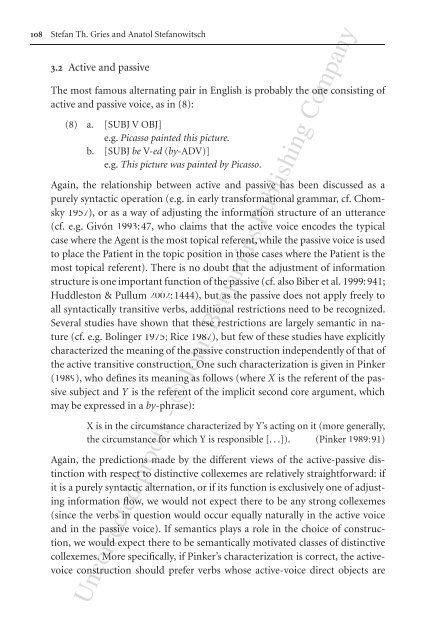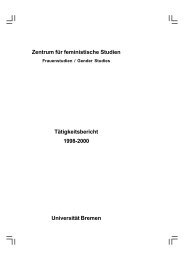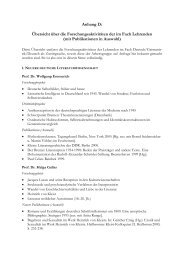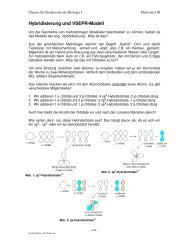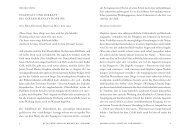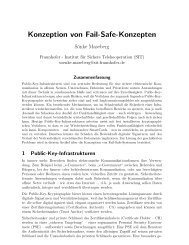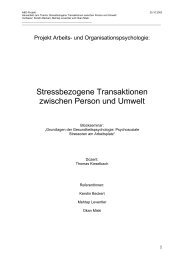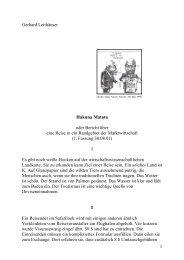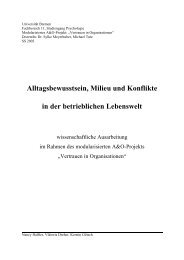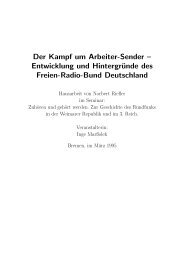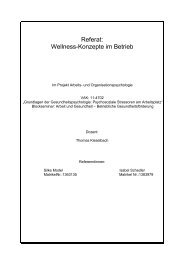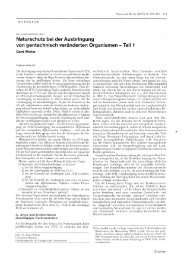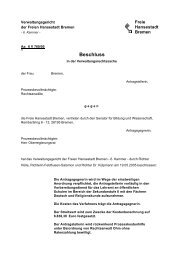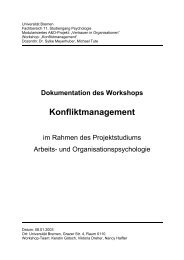Extending collostructional analysis - www-user
Extending collostructional analysis - www-user
Extending collostructional analysis - www-user
Create successful ePaper yourself
Turn your PDF publications into a flip-book with our unique Google optimized e-Paper software.
108 Stefan Th. Gries and Anatol Stefanowitsch<br />
3.2 Active and passive<br />
The most famous alternating pair in English is probably the one consisting of<br />
active and passive voice, as in (8):<br />
(8) a. [SUBJ V OBJ]<br />
e.g. Picasso painted this picture.<br />
b. [SUBJ be V-ed (by-ADV)]<br />
e.g. This picture was painted by Picasso.<br />
Again, the relationship between active and passive has been discussed as a<br />
purely syntactic operation (e.g. in early transformational grammar, cf. Chomsky<br />
1957), or as a way of adjusting the information structure of an utterance<br />
(cf. e.g. Givón 1993:47, who claims that the active voice encodes the typical<br />
case where the Agent is the most topical referent, while the passive voice is used<br />
to place the Patient in the topic position in those cases where the Patient is the<br />
most topical referent). There is no doubt that the adjustment of information<br />
structure is one important function of the passive (cf. also Biber et al. 1999:941;<br />
Huddleston & Pullum 2002:1444), but as the passive does not apply freely to<br />
all syntactically transitive verbs, additional restrictions need to be recognized.<br />
Several studies have shown that these restrictions are largely semantic in nature<br />
(cf. e.g. Bolinger 1975; Rice 1987), but few of these studies have explicitly<br />
characterized the meaning of the passive construction independently of that of<br />
the active transitive construction. One such characterization is given in Pinker<br />
(1989), who defines its meaning as follows (where X is the referent of the passive<br />
subject and Y is the referent of the implicit second core argument, which<br />
may be expressed in a by-phrase):<br />
X is in the circumstance characterized by Y’s acting on it (more generally,<br />
the circumstance for which Y is responsible [. . .]). (Pinker 1989:91)<br />
Again, the predictions made by the different views of the active-passive distinction<br />
with respect to distinctive collexemes are relatively straightforward: if<br />
it is a purely syntactic alternation, or if its function is exclusively one of adjusting<br />
information flow, we would not expect there to be any strong collexemes<br />
(since the verbs in question would occur equally naturally in the active voice<br />
and in the passive voice). If semantics plays a role in the choice of construction,<br />
we would expect there to be semantically motivated classes of distinctive<br />
collexemes. More specifically, if Pinker’s characterization is correct, the activevoice<br />
construction should prefer verbs whose active-voice direct objects are<br />
Uncorrected proofs - © John Benjamins Publishing Company


